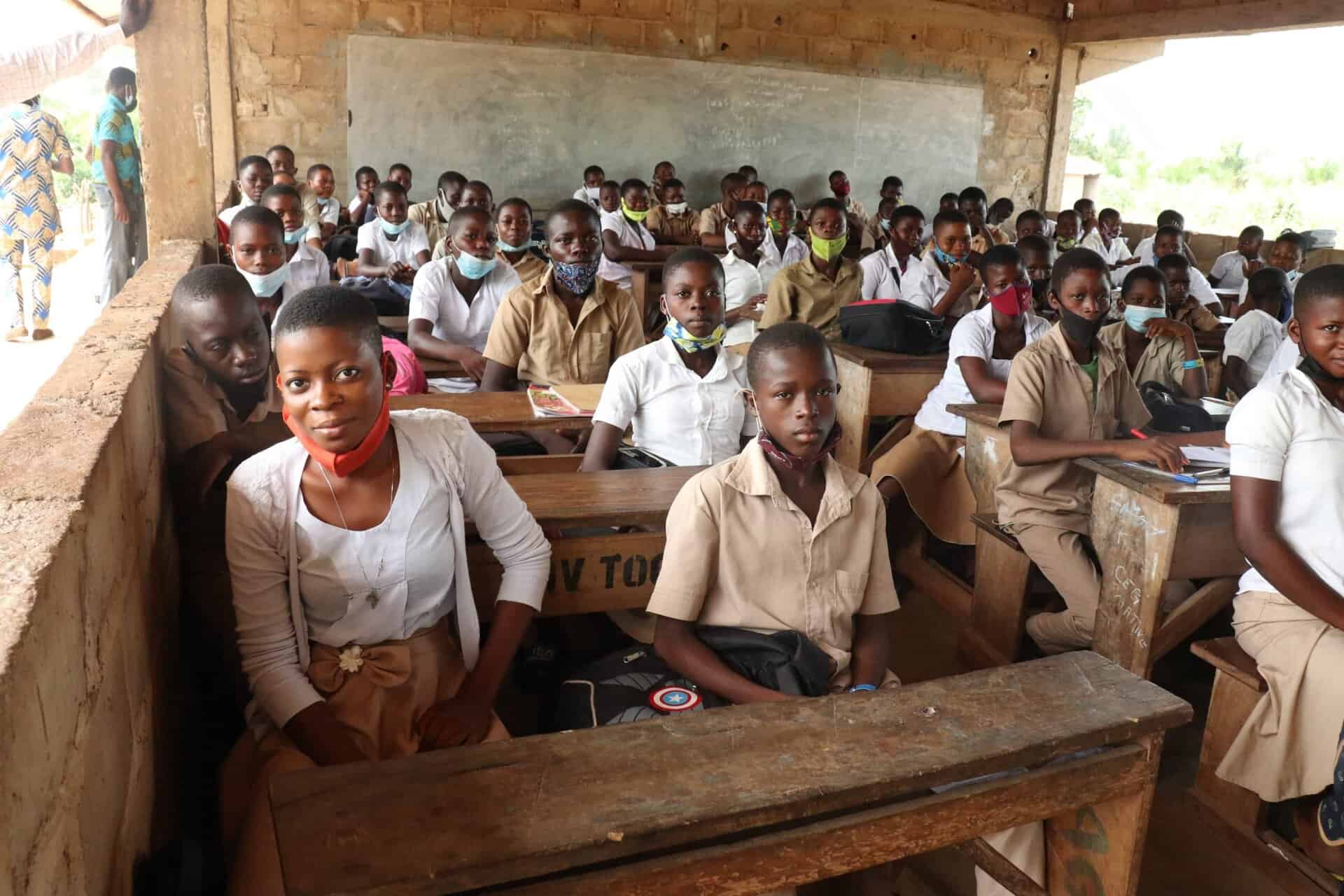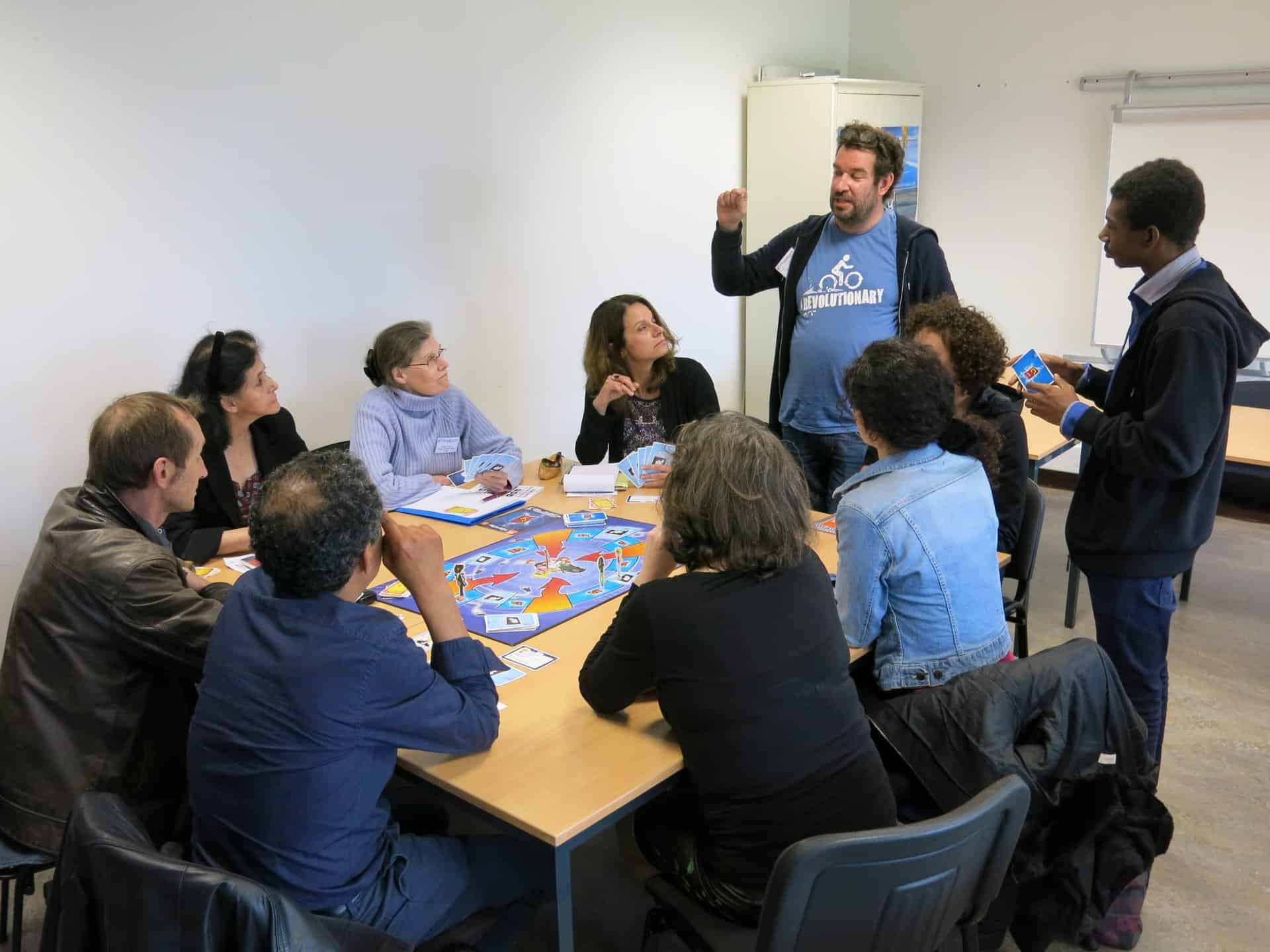Photo credits: Charlotte Fortun
2025 was supposed to be the deadline set by the UN for eradicating child labour when it signed up to the Sustainable Development Goals in 2015. With two years to go, however, a dramatic picture is emerging. For the third year running, after decades of progress, child labour is on the increase. Action Education is calling on world leaders to invest in free, quality education systems for all, the only way to combat poverty and the use of forced labour!
A worrying finding
160 million children, or almost one child in ten, work in the world. This was the edifying conclusion reached by the delegates at the meeting in May 2022 on the occasion of 5th Global Conference on the Elimination of Child Labour. What is even more worrying is that child labour has particularly increased in the 5-11 age group. At the same time, the proportion of children engaged in activities with an increased risk of injury, illness and death is also rising.
And the Director of the International Labour Organisation, Guy Ryderin an alarming speech:
"Some may say that child labour is an inevitable consequence of poverty and that we must accept it. But this is not true. We can never resign ourselves to child labour. We don't have to. It is essential to tackle the root causes, such as household poverty. But make no mistake, child labour is a violation of a fundamental human rightAnd our goal must be for every child, everywhere, to be free of it. We will not rest until we achieve this.

A year later, however, on the eve of the 21ème the World Day Against Child Labour on 12 June, the calls for urgent action that closed the conference still do not seem to have been heard. The scourge of child labour continues to spread like an epidemic, with no vaccine on the agenda. It is the antithesis of the children's rights guaranteed by the CRC, which 197 States have pledged to respect. However, it is not inevitable, and very practical solutions exist to remedy the situation.
A proven cause: extreme poverty
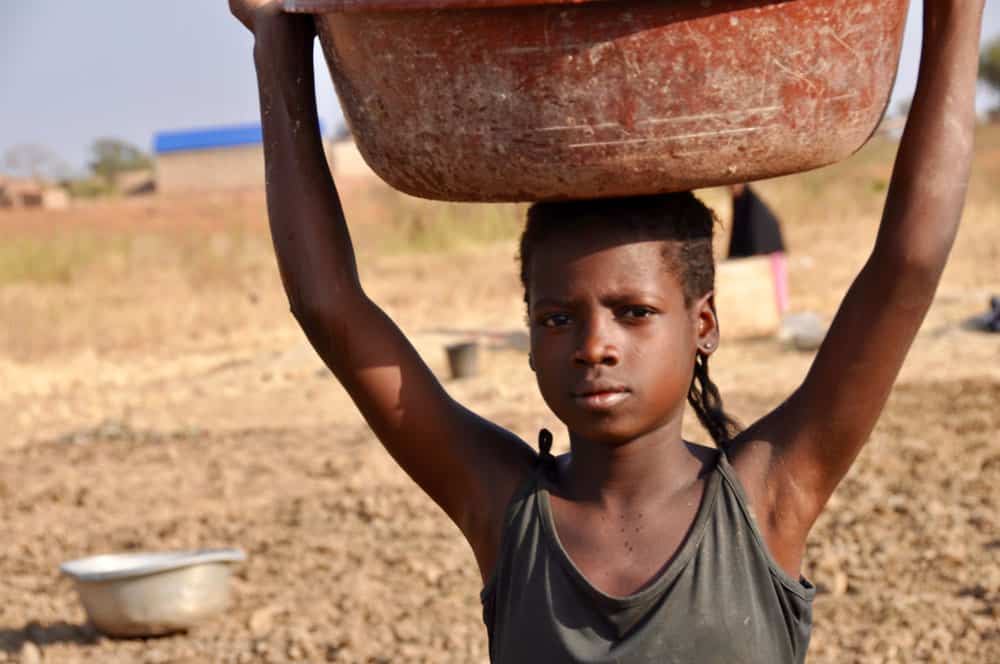 The main cause of child labour is extreme poverty. It forces poor families, often reluctantly, to put their children to work to improve their income. Over the last decade, the multiplication of economic crises, the aggravation of conflicts and the inefficiency of economic and social policies in many countries have led to an increase in the number of households living on less than $1.90 a day and, as a consequence, to an increase in child labour. The COVID-19 pandemic and social restraint measures, which have led to a sharp slowdown in global growth, an increase in the number of people living with HIV, and an increase in the number of people living with HIV/AIDS. the drastic rise in unemployment and the deprivation of millions of people's livelihoods, dealt a fatal blow.
The main cause of child labour is extreme poverty. It forces poor families, often reluctantly, to put their children to work to improve their income. Over the last decade, the multiplication of economic crises, the aggravation of conflicts and the inefficiency of economic and social policies in many countries have led to an increase in the number of households living on less than $1.90 a day and, as a consequence, to an increase in child labour. The COVID-19 pandemic and social restraint measures, which have led to a sharp slowdown in global growth, an increase in the number of people living with HIV, and an increase in the number of people living with HIV/AIDS. the drastic rise in unemployment and the deprivation of millions of people's livelihoods, dealt a fatal blow.
Covid-19 and economic crises: aggravating factors
For the most vulnerable populations, who have no access to social protection, the shock has been extremely violent. More than 200 million more people have been pushed into extreme poverty as a result of the pandemic. And this number could reach 1 billion by 2030The rise in energy and food prices since 2022 has also forced many households to take their children out of school and put them to work, thereby guaranteeing a little extra money for the survival of the household.
New economic or political crises, climatic disasters or new pandemics are bound to push millions of people into ever more extreme poverty. As a result, more children will be put to work in potentially degrading conditions, while many others could be forced into the worst forms of labour. This catastrophic scenario can and must be avoided.
A disaster scenario to be avoided at all costs
"Making a living from fishing has become extremely difficult over the last three years. I used to be able to earn up to 25 dollars a day, but now if I earn 10 or 12 dollars, that's fine. There are days when I earn nothing. Our financial situation is dramatic. After school, my daughter collects empty cans to sell to earn a little money for school, but it's not enough any more. Lots of children do this, so there's not much to find and sell. says Kin Bun, 37, a fisherman from the village of Koh Kchorng in Cambodia.
To deal with these dramatic situations, Action Education enables the most vulnerable populations to learn new ways of earning a living in order to improve their income, and offers school grants to pay for enrolment fees, uniforms, equipment and even food, in order to keep children in school at all costs. But this will not be enough.
Action Education is therefore calling on governments to urgently recognise the scale of the problem and its impact on millions of families and children, and to go beyond legal and regulatory structures (minimum working age, working conditions, tools and mechanisms to monitor child labour) to implement policies that offer families activities that enable them to make a decent living without resorting to child labour, to introduce universal social security cover, and to step up information campaigns to raise awareness of the dangers of child labour.
Above all, governments must finally guarantee (as they have pledged to do) at the United Nations in September 2015) free, quality education for all children. By teaching everyone, girls and boys alike, to read, write and count, and turning them into autonomous and enlightened citizens capable of obtaining decent paid work, it will convince families of the importance of education and protect them from the pitfalls of child labour.
Additional resources
- In the face of child labour, let's increase spending on free, quality education!
- Child labour likely to increase due to COVID-19 pandemic
- Press release - 12 June, International Day Against Child Labour: COVID-19 could lead to millions more children working
- Economic crisis in Southeast Asia leads to increased child labour
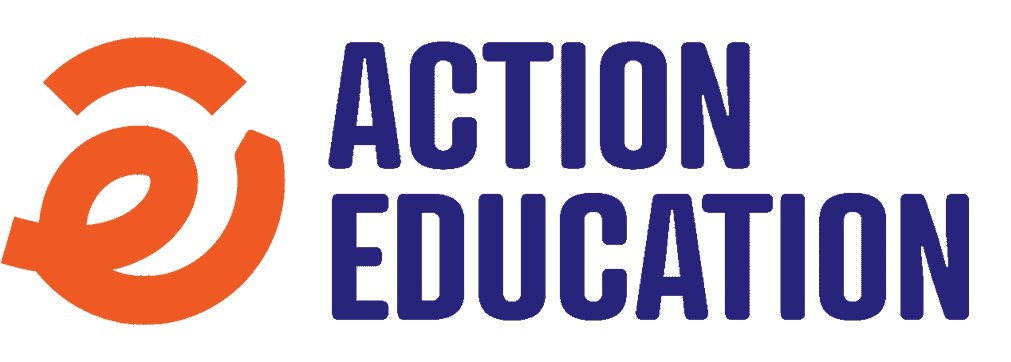
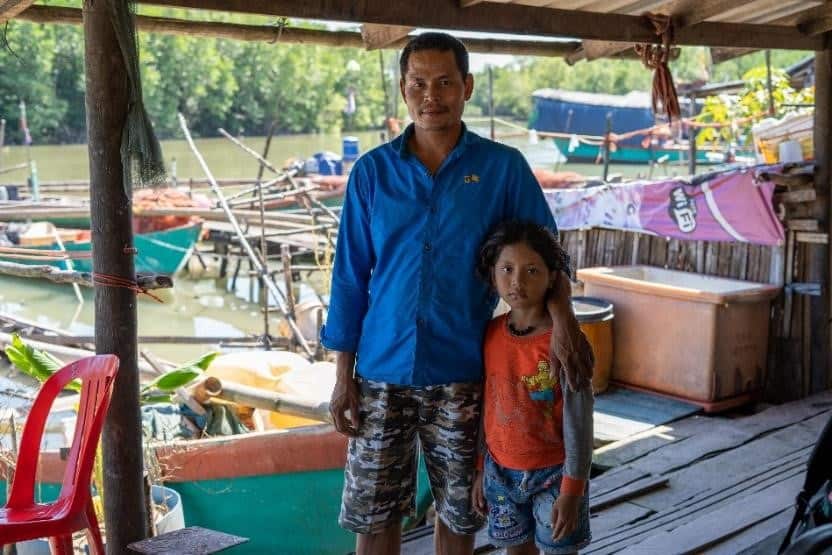 "Making a living from fishing has become extremely difficult over the last three years. I used to be able to earn up to 25 dollars a day, but now if I earn 10 or 12 dollars, that's fine. There are days when I earn nothing. Our financial situation is dramatic. After school, my daughter collects empty cans to sell to earn a little money for school, but it's not enough any more. Lots of children do this, so there's not much to find and sell.
"Making a living from fishing has become extremely difficult over the last three years. I used to be able to earn up to 25 dollars a day, but now if I earn 10 or 12 dollars, that's fine. There are days when I earn nothing. Our financial situation is dramatic. After school, my daughter collects empty cans to sell to earn a little money for school, but it's not enough any more. Lots of children do this, so there's not much to find and sell. 


